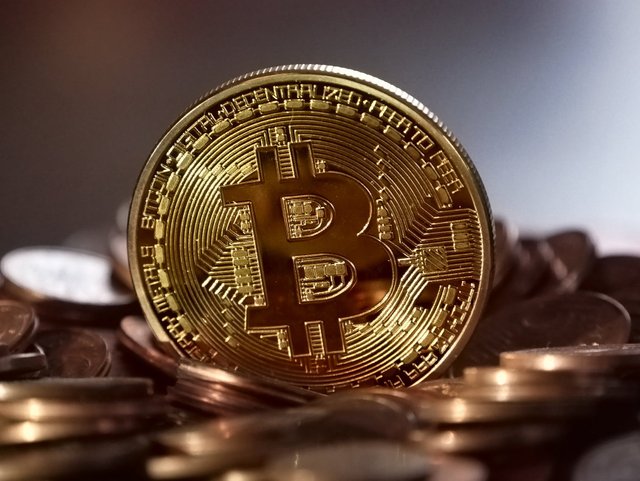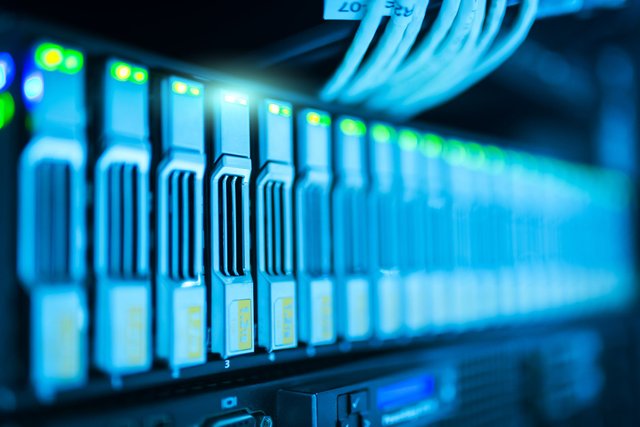
Bitcoin mining has become very popular all over the world. Miners take pride in running their ASICs and providing security to the Bitcoin network.
However, even though the knowledge gap has shrunk considerably, many beginners still struggle or are unaware of certain critical aspects to mining a profitable mining operation.
Here are some of the factors you must consider if you want to start mining at home.
Electricity costs and infrastructure
ASIC miners require significant amounts of energy. In fact, power bills are the single most important recurrent cost of any mining operation.
The cost per kWh in your area will be crucial in determining your expenses and overall profitability. That is why many Bitcoin miners look to relocate to locations with lower electricity prices or repurpose the wasted energy to save on costs.

That said, price is not the only factor you should consider about electricity. Infrastructure and wiring to handle the increased load are also critical.
Domestic Bitcoin mining typically requires a 220 to 240-volt connection, but many households only have 110-volt outlets.
Your house doesn’t have any 220-volt outlets? In that case, you should consider acquiring a power supply unit (PSU), which converts electric current from a source to the correct voltage, current, and frequency. Other ASICs have a built-in PSU for the same purpose.
However, consider that feeding electricity to your ASIC through a PSU could impact your miner’s hashrate.
Cooling or heat repurposing systems
ASIC miners must remain at a specific temperature range to function correctly and at maximum efficiency. Exceeding that limit could lead to performance issues, degradation, and even hardware burnout.
If you want to mine at home, heat mitigation is also essential to avoid uncomfortable temperatures where you live.
Ensure there’s a place in your house with good air circulation and enough space to install proper cooling systems. The most common types are fan arrays or AC units. However, more advanced technologies like immersion baths have also become popular among the mining community.
You can also take it one step further: Instead of simply getting rid of the heat, you can repurpose it to improve your revenue and cut costs.
Space heating, wood drying, and agriculture are only some creative ideas miners have come up with to take advantage of their ASIC miners’ excess heat.
Facilities and environmental conditions
In addition to excessive heat, humidity and dust are two of the most harmful factors to Bitcoin mining hardware.
As we mentioned before, make sure you have a room at home with good air circulation. This is fundamental to keep it within the proper temperature range and maintain a dry environment and avoid humidity, which can be catastrophic for ASIC components.
It’s also essential to keep the room clean and get rid of dust, dirt, and other types of waste that can end up inside the hardware, causing irreversible damage.

ASIC maintenance
ASICs are very delicate machines. Even if your mining space is clean and tidy, they might break, burn out, or need a component replacement. Eventually, maintaining and repairing ASICs becomes a priority for domestic miners.
To extend your ASIC lifespan as much as possible, as well as maximize its performance, manufacturers recommend regular cleaning and inspections.
Mining pools
Bitcoin mining pools are an excellent alternative for domestic miners to improve profitability. Essentially, they reward miners for higher hashes than the network’s target hash. As a result, miners can earn regularly even if they don’t find a block.
That said, each mining pool has different payout structures, requirements, and compatibility settings with specific mining hardware. If you want to mine with a pool, make sure you review your options and pick the pool with the best features for your particular situation.
On-chain factors
Last but not least, some on-chain factors affect Bitcoin mining profitability and revenue. There’s nothing miners can do to change these factors, but they can prepare different strategies to hedge against them.
Mining difficulty is one of those factors. The Bitcoin protocol automatically adjusts it every 2,016 according to the network’s total hashrate. The more hashrate mining on Bitcoin, the higher the difficulty.
It’s an important metric to consider since it directly affects profitability. Simply put, if a block is harder to find, miners need to deploy more resources and spend more energy to do it.
Another essential factor is halvings. These events happen every 210,000 blocks, cutting Bitcoin block emissions in half. Consequently, halvings tend to have a significant impact on mining profitability and price action.
However, the latter tends to lag behind the former. Halvings can lead to a relatively low profitability period for Bitcoin mining until price catches up. Make sure you consider the timing when arranging your mining operation.
Closing thoughts
As you can see, there are several aspects to consider when running a domestic mining operation. However, it’s nothing to worry about. It just takes a little reading and learning about the different factors that influence your mining operation’s profitability.
Remember that the more you prepare and take these factors into consideration, the less surprises you’re going to get. Many miners have different strategies in place to face possible scenarios that could play out.
We hope this article helps you prepare for these situations.
Your post was upvoted and resteemed on @crypto.defrag
Downvoting a post can decrease pending rewards and make it less visible. Common reasons:
Submit